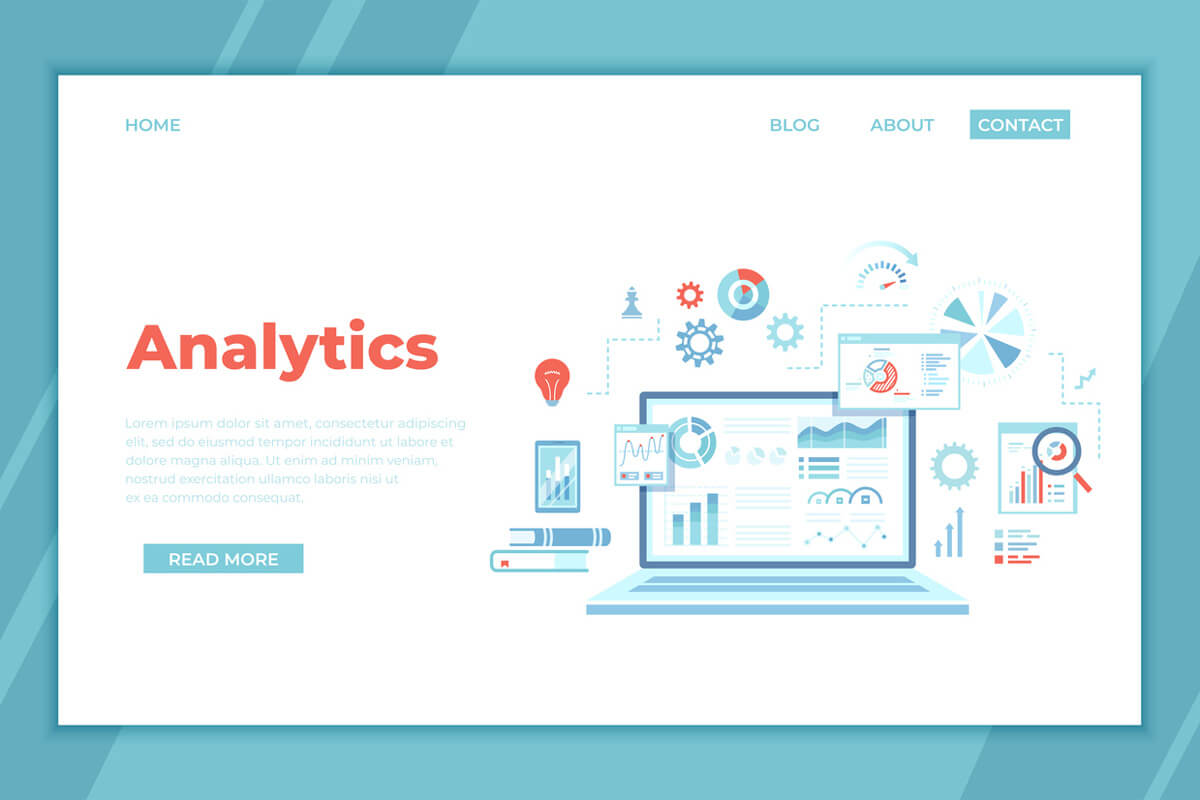
Google Analytics is one of the most important tools every marketer has at their disposal – it’s free and contains hundreds of metrics so you can track virtually anything. However, with such an impressive number of metrics and capabilities at your disposal, it can be difficult to know where to start and what to track.
We’ve put together a list of 5 key Google Analytics metrics that you should consider tracking.
Bounce Rate
When a user views a single page on your website and leaves without taking action, they have “bounced” from your site. A high bounce rate can mean a few different things:
- Your content is not engaging
- Your calls to action are not effective
- Confusing checkout process (if eCommerce)
- Irrelevant content (if an advertising landing page)
Although there are situations where a high bounce rate is expected, such as blogs, this metric typically indicates that something on the page needs to change.
Average Time on Page
Simply put, the average time on page metric will help you understand how engaging your website’s content is. If users are spending a few minutes on each page, they’re likely engaged with your content. On the other hand, if users are only spending 20-30 seconds on each page, something must not be resonating with them. Pair this metric with bounce rate for an even more accurate view of what’s going on.
Top Pages
For any business to be successful, it’s crucial to know exactly what’s working and what’s not. The Top Pages metric will help you understand what your website’s most popular pages are. With this metric, you’ll be able to see other key metrics that relate to your top pages including bounce rate, time on page, and more. With this knowledge in hand, you and your team will know what content is working and what content could be improved.
Exit Pages
By exploring the exit pages metric, you can see what pages are causing your visitors to exit your website. While all your website visitors will eventually exit your site, if you have a page or group of pages that most users are exiting from, this could indicate a problem. It may be time to update content, rethink your website funnel, or there could even be a technical issue such as images not loading properly or just poor overall functionality.
Site Speed
Not all website issues are related to the content or design of your page – your website’s speed is just as important! With the site speed metric, you better understand how long it’s taking your site to load when accessed by a user. The average website takes about 6 seconds to load, but you should aim for 3 seconds or less. If your site’s load times are above 6 seconds, it’s unlikely many users will wait around.
While there are many helpful metrics within Google Analytics that you should be actively checking and using to make decisions about your website, these are some of the most important. Pay close attention to them and you can ensure your website is consistently improving and adapting.

